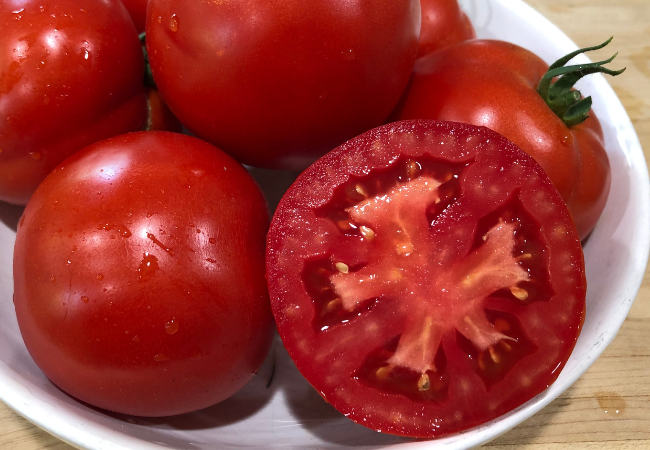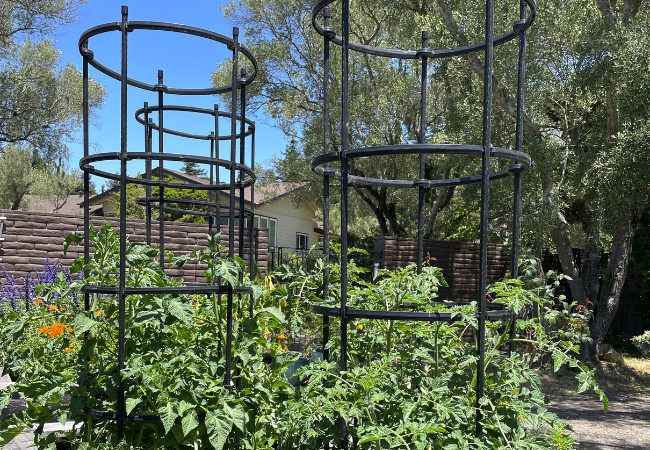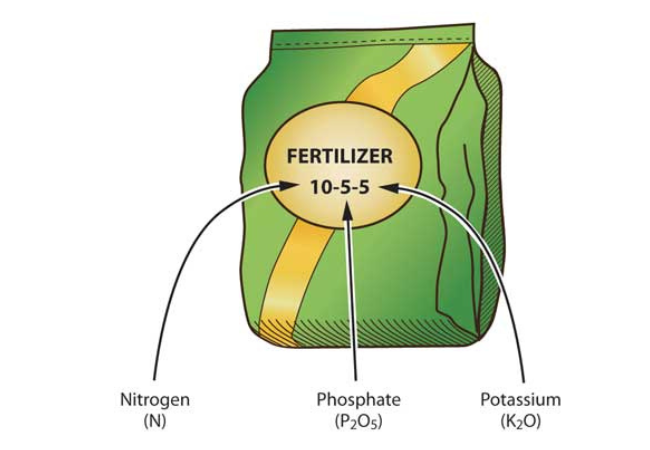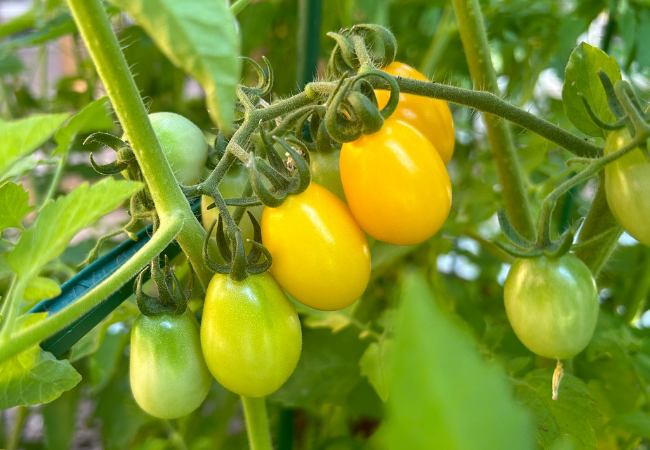Tomatoes are one of our most popular and best-loved garden plants, but they do have their needs. Because a tomato crop can be so deliciously rewarding, many of us are happy to devote extra energy to manage this wonderful crop. It's warm, and your tomatoes are growing, starting to flower and fruit. This post discusses what you should be doing now to take care of those plants. If you have already seen a problem on your tomatoes, you may want to go first to the companion piece - Managing Midsummer Tomato Problems.
Summer Tomato Care
Watering
Enough but not too much is the key. While tomato seedlings should be kept moist all the time when planted, after 3 to 4 weeks you should taper down. Established plants should be watered just after the top few inches of soil have dried. Water so that the whole root zone becomes thoroughly moist. Temperature plays a huge role in how much water your plant needs. Think of the difference in temperature, and thus water needs between the cities of Pleasanton and Alameda, just in our county! How often and how much to water also depends on the type of soil, whether it is windy, and the depth to which the plant has rooted. Remember, plants in pots will need to be watered more often because there is less soil from which the roots can draw water and because pots dry out faster.
A hand-held moisture meter (typically 6”to 8”in length) can be very helpful in determining when to water. These are not precise, but are widely available and relatively inexpensive and can give you a general idea. Even simpler, you can stick your finger in the soil several (3 to 6) inches down and see if the soil is moist. Overwatering can cause leaf wilting, root rot, and catfacing or cracking of your tomatoes. Underwatering causes leaves to look wilted, blossoms to dry up and fall off, and growth to slow. Inconsistent watering exacerbates blossom end rot. So it's important to put in the extra effort to get it right.
To keep that water where you want it, check the mulch around your plant. A few inches of mulch on the surface, starting 2 or three inches from the stem, really helps diminish loss from evaporation, helping you achieve that even moisture you want.
Take care not to get the leaves wet, which can lead to leaf fungal diseases. Water the soil, not the plant.
Support
You probably put a tomato cage around your plants or put in a stake or stakes to tie them too. Great job - all tomatoes need support! In the summer, you need to check (more than once) to make sure that initial support remains adequate. As the plants grow, they send out lots of branches that will try to sneak out of their supporting structure. This is particularly an issue with indeterminate vining plants, but the bushier determinants can also evade your efforts. Standard commercial cages are frequently insufficient for a large and vigorous tomato plant. To add additional support, you can gently tie errant branches to the existing supports and/or add additional stakes and tie to them. Heavy-duty cages and super large heavy-duty cages (photo above) provide a lot more support.
Pruning
Why prune?
-
Any leaves at the bottom of the plant that are touching or almost touching the ground should be pruned. Tomatoes can contract diseases through leaves that touch the ground. These low branches occur because tomatoes need to be planted deep. A good rule of thumb is to remove branches that start less than four inches above the ground.
-
Determinate tomatoes should not be pruned except for the lowest branches as described above. All the fruit on determinants comes at once, and pruning would sacrifice some of that fruit.
-
Always make sure you keep enough leaves for photosynthesis, which takes place in the leaves and feeds the plant.
-
You also need enough leaves to shade the tomatoes to avoid sunscald.
-
If you grow in an area where the leaves may get damp from rain or fog, pruning the plant for air circulation will help minimize the tomato maladies exacerbated by humidity and wet leaves. In Alameda County, this is particularly important in the foggy moderate climate Bayside areas.
-
If the plant becomes very dense, you may need to prune out some branches in the middle so that sunlight can penetrate to the inside of the plant.
Other than the reasons above, it's really a question of personal preference.
-
Pruning gives you the ability to train the tomatoes up in a narrow shape. This lets you plant more tomatoes in a given space.
-
Pruning gives you larger early tomatoes, although fewer tomatoes overall.
-
Pruning directs more energy to making the fruit rather than growing foliage.
-
If you are supporting a large indeterminate tomato using a standard commercial tomato cage or staking, you may need to prune so that the cage or stakes can carry the weight of a fully laden plant.
However,
-
Pruning is more work!
-
Pruning may make the tomatoes more susceptible to sunscald.
Here's a nice video on pros and cons of pruning from a sister Master Gardener program
Fertilizing
Even if you've fertilized your tomatoes when they were planted (recommended), tomatoes generally need additional fertilizing, starting once they have flowered and set some fruit. When that happens, add some tomato fertilizer that has potassium and phosphorus as well as nitrogen. Always follow the package directions. Make sure the soil is thoroughly moistened, scratch the fertilizer into the top part of the soil without disturbing the roots, and water it in. Depending on how long your tomato is bearing and growing, you may want to repeat this, but not more often than every four to six weeks.
Resources on fertilizing:
- Fertilizing 101
- Is it time to fertilize?
- Feeding the soil, not the plant
- General information on fertilizing and soil from California Garden Web
Following the fertilizing instructions help you keep your tomatoes vigorous and growing. But despite your best efforts, pests, diseases and other problems happen. Here's a guide to managing those problems.
General Tomato Resources
Care
Selection



